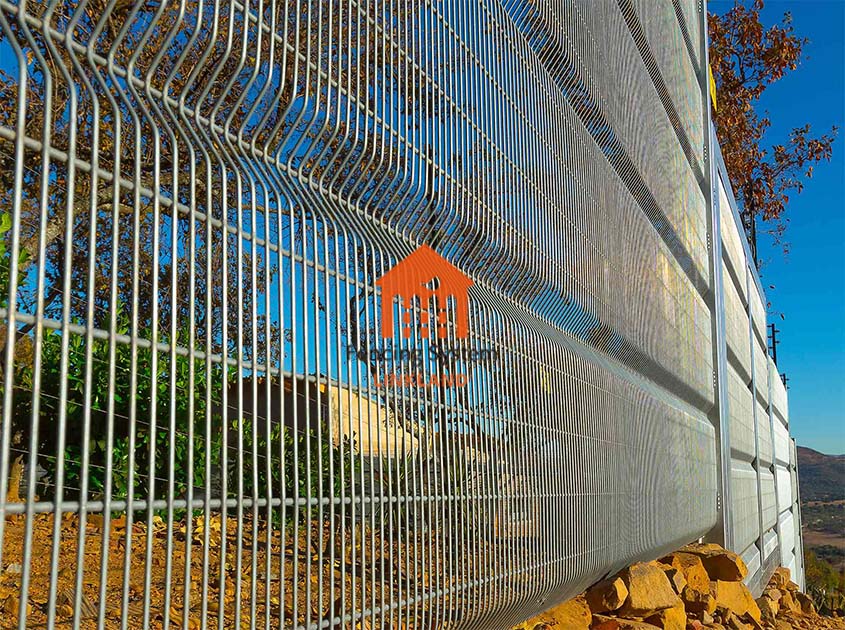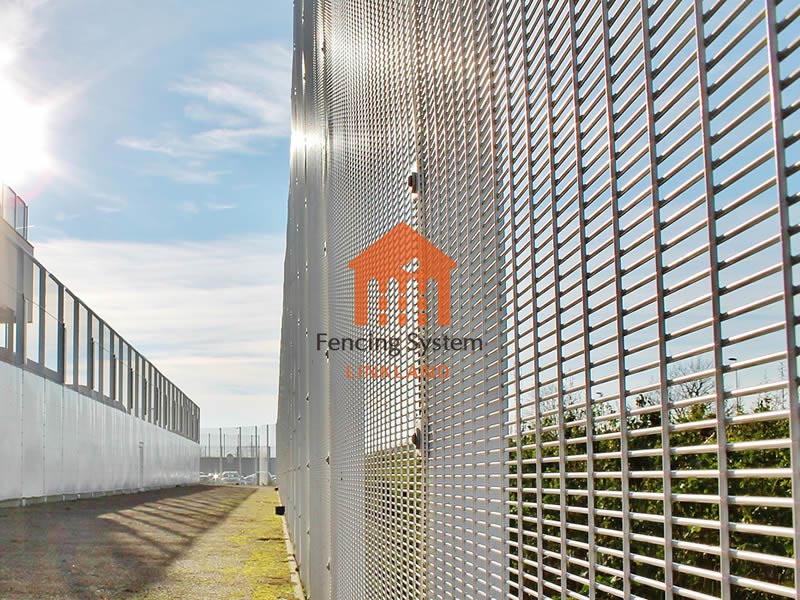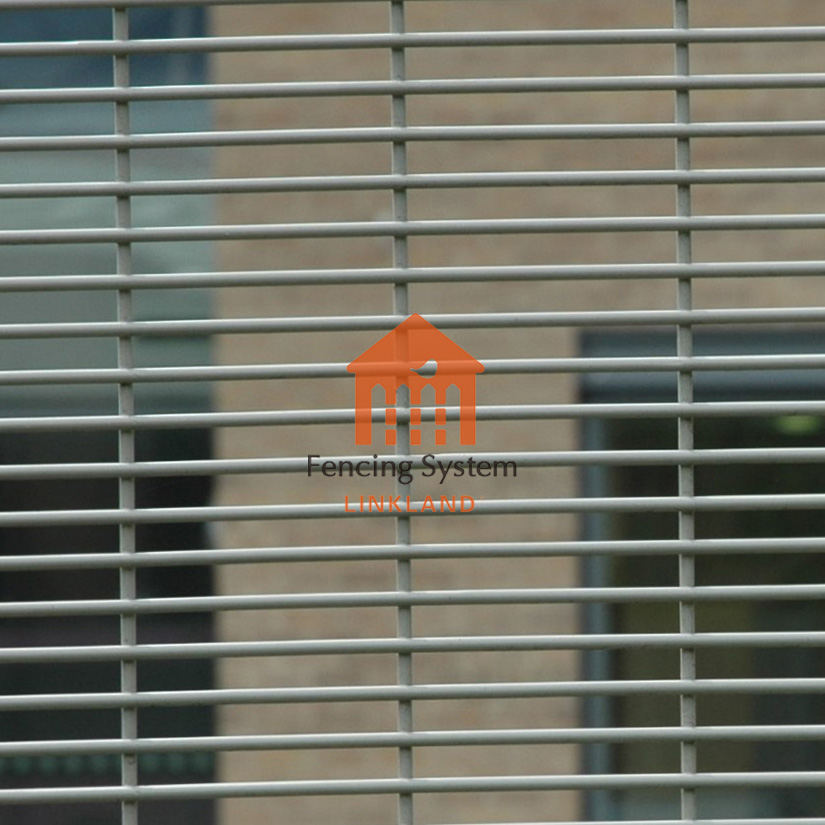- Home
- About Us
- Products
- Service
- Project
- News
- Contact Us
Pulished on Aug. 09, 2023
height and appearance
The height and appearance of the anti-climb fence are key elements of psychological deterrence. A taller fence acts as a barrier and reduces the possibility of overshooting. In terms of appearance, the anti-climbing fence should be designed as simple as possible in order to emphasize its deterrent effect.

wire mesh
Wire mesh is one of the main components of the anti-climbing fence. Its grid density is high, the mesh is small, and it is not easy to climb. In addition, the material of the wire mesh should also have high strength and durability.

spike design
The spiked design of the anti-climb fence can also act as a psychological deterrent. This design can make intruders feel threatened by the fence and reduce their willingness to climb over the fence. In addition, the spikes can also increase the difficulty of climbing over the fence, thereby improving the safety of the fence.

warning signs
Finally, warning signs on anti-climb fences can also serve as a psychological deterrent. Signs on the fence make it clear to intruders that this is a protected area and remind them not to attempt climbing or climbing. Such markings can act as a psychological deterrent, letting intruders know that their actions may be punished.
To sum up, the scientific design of the anti-climbing fence in terms of psychological deterrence includes height and appearance, wire mesh, spike design and warning signs. These designs can reduce the willingness of intruders to invade, reduce the occurrence of intrusion behavior, and improve the security of the fence.
Reasons Behind the Growing Demand for Security Fencing in the Middle East
Pulished on Nov. 28, 2025
Characteristics of Fence Demand in South American Construction Projects
Pulished on Nov. 28, 2025
How Middle East Distributors Can Quickly Evaluate the Quality of Wire Mesh Suppliers
Pulished on Nov. 24, 2025
What Type of Metal Fencing Is Best for Construction in the Middle East?
Pulished on Nov. 18, 2025
358 High-Security Fencing – Maximum Protection for Sensitive Sites
Pulished on Oct. 27, 2025
Welded Wire Mesh Fencing – Durable and Efficient Solutions for Global B2B Buyers
Pulished on Oct. 27, 2025
Cattle Fencing – Strong, Reliable, and Cost-Effective Solutions for Livestock Management
Pulished on Oct. 22, 2025
Garden Fencing – Practical and Decorative Solutions for Residential and Commercial Landscaping
Pulished on Oct. 22, 2025
Reasons Behind the Growing Demand for Security Fencing in the Middle East
Pulished on Nov. 28, 2025
Characteristics of Fence Demand in South American Construction Projects
Pulished on Nov. 28, 2025
How Middle East Distributors Can Quickly Evaluate the Quality of Wire Mesh Suppliers
Pulished on Nov. 24, 2025
What Type of Metal Fencing Is Best for Construction in the Middle East?
Pulished on Nov. 18, 2025
358 High-Security Fencing – Maximum Protection for Sensitive Sites
Pulished on Oct. 27, 2025
Welded Wire Mesh Fencing – Durable and Efficient Solutions for Global B2B Buyers
Pulished on Oct. 27, 2025
Cattle Fencing – Strong, Reliable, and Cost-Effective Solutions for Livestock Management
Pulished on Oct. 22, 2025
Garden Fencing – Practical and Decorative Solutions for Residential and Commercial Landscaping
Pulished on Oct. 22, 2025






 EN
EN SP
SP FR
FR
